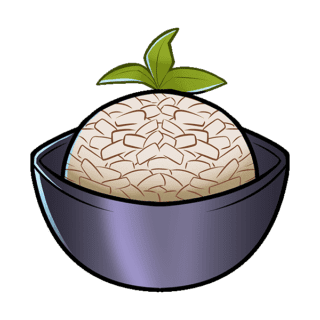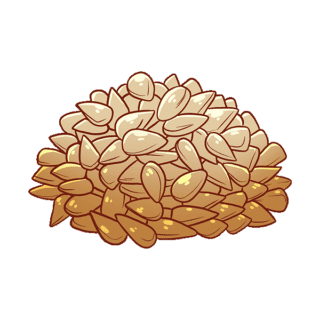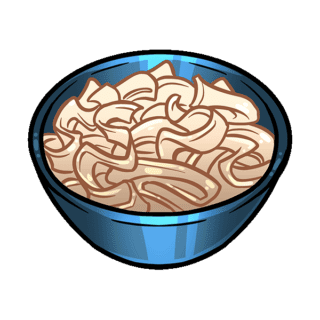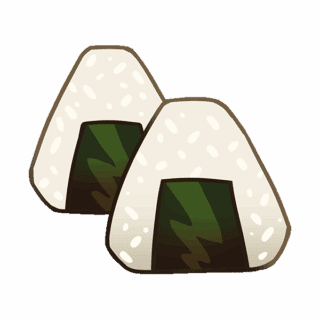Jasmine Rice
Sometimes confused for basmati, jasmine rice is a long grain rice most common in Southeast Asian cooking. Jasmine is considered an aromatic rice, a family of long and medium-long grain rice’s with various earthy, floral fragrances and flavors. Aromatic rice is generally from South and Southeast Asia, although there are some varieties that have been cultivated and are grown in the US.
There are many types of jasmine rice. The key difference between all of them versus the rice varieties used in the northern cuisines of China, Japan, and Korea, is of course the grain shape and length, but also the texture and starch content; jasmine is less sticky than the rounder, shorter glutinous rice common farther north, although it is a bit stickier than American varieties of long grain rice.
Just like most rice, jasmine should be rinsed before it’s cooked to prevent it from getting clumpy and keep it fluffy (although some will say it’s not necessary and is more effort than you get out of it — it’s up to you). One quirk, though, is that you should use less water to cook it compared with glutinous rice, about 1 ¼ cups of water for every cup of rice.
Jasmine is particularly well-suited for fried rice — its perfume-y floral notes are perfect with Thai basil — or just plain to complement other dishes.
Along with other types of long grain rice and shorter grain rice, you can find jasmine at Uwajimaya in our Grocery Department





